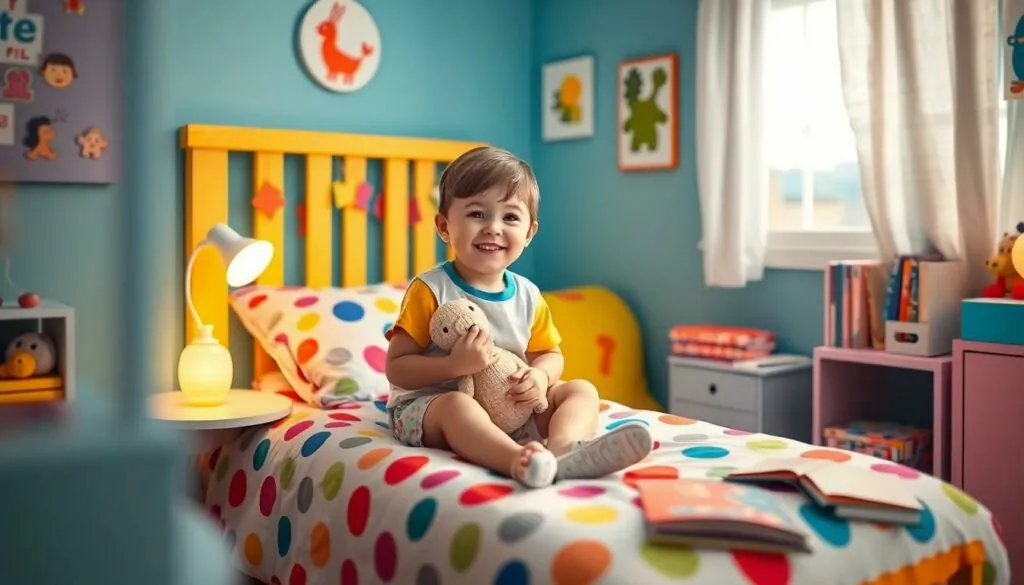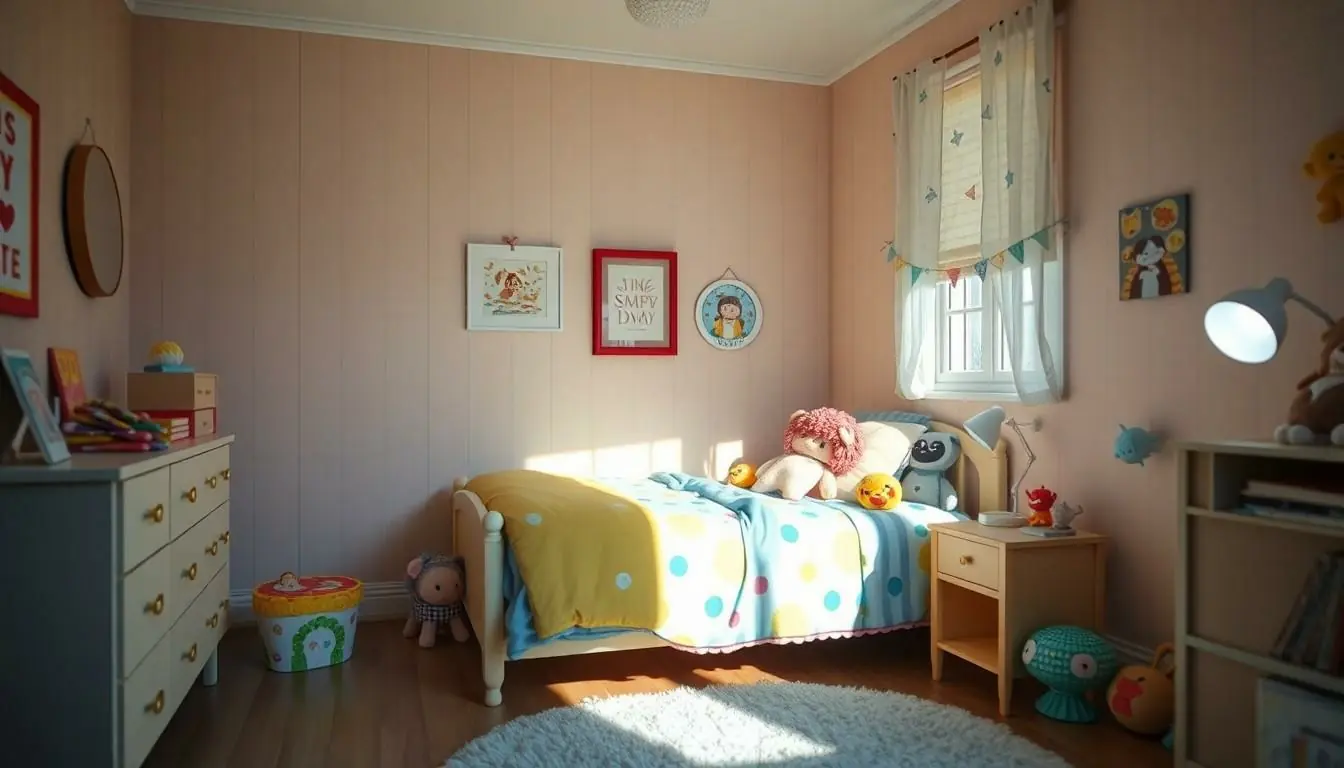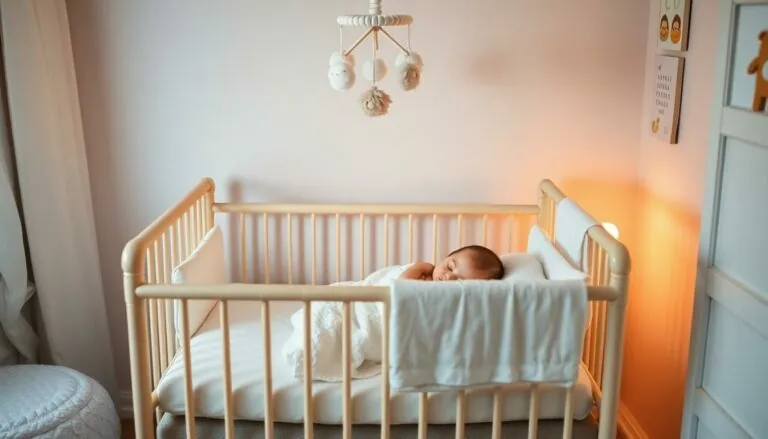Table of Contents
ToggleEvery parent knows the nightly wrestling match that is bedtime. The cozy allure of snuggling up with a little one can be tempting, but when should kids really start sleeping in their own room? It’s a question that sparks debates, sleepless nights, and maybe even a few too many cups of coffee.
Understanding Children’s Sleep Needs
Children’s sleep needs significantly impact their development and well-being. Parents must recognize the critical role quality sleep plays in growth, mood regulation, and cognitive function.
The Importance of Sleep for Kids
Adequate sleep fuels physical and mental growth, influencing everything from concentration to emotional stability. According to the National Sleep Foundation, children aged 6 to 13 require about 9 to 11 hours of sleep each night. Increased sleep duration correlates with better academic performance and social interactions. Rest also supports the immune system, reducing illness risks. Establishing a consistent bedtime routine enhances sleep quality, promoting relaxation and a sense of security as children transition to independent sleeping.
Common Sleep Challenges
Sleep challenges often emerge during childhood, complicating bedtime. Nighttime fears frequently affect children, making them hesitant to sleep alone. Separation anxiety can trigger resistance to sleeping in their own rooms. Some children may struggle to self-soothe or become dependent on parental presence to fall asleep. Implementing strategies like gradual transitions and positive reinforcement can help alleviate these issues. Consistent bedtime routines further mitigate anxiety, encouraging children to embrace independence in their sleeping arrangements.
Factors Influencing When Kids Should Sleep Alone
A variety of factors determine the right time for kids to sleep in their own rooms. Evaluating each element can aid parents in making informed decisions tailored to their child’s needs.
Age and Developmental Milestones
Children usually begin showing readiness for independent sleeping around age 3. At this age, many kids have developed a better understanding of nighttime routines. Adjustments in their sleep environment can support transitions. Between ages 6 and 13, children often benefit from about 9 to 11 hours of sleep each night. Achieving sufficient rest during these years promotes optimal growth and cognitive skills. Observing behavioral changes also guides parents. Notably, if a child expresses interest in a personal space, it signals developmental readiness for sleeping alone.
Psychological Readiness
Psychological factors significantly influence a child’s ability to sleep alone. Many kids experience nighttime fears or separation anxiety, which can impact their comfort levels. Assessing how a child copes with these feelings is critical. Age-appropriate conversations about fears often help in easing apprehensions. Establishing a consistent bedtime routine can build confidence. Patience and reassurance contribute to psychological readiness. Furthermore, recognizing when a child insists on sleeping alone generally indicates a desire for independence. Prioritizing their emotional security fosters a smoother transition to independent sleeping arrangements.
Creating a Comfortable Sleep Environment
Creating a comfortable sleep environment plays a vital role in helping children transition to their own rooms. Factors like lighting, temperature, and comfort can influence sleep quality significantly.
Tips for Transitioning to a New Room
Introduce gradual changes to help children adjust to sleeping independently. Encourage them to personalize their new space with favorite toys or bedding, creating a sense of ownership. Practicing brief stays in the new room during daytime can ease apprehension, providing familiarity in a non-threatening context. Use positive reinforcement to celebrate every step they take toward independence, whether spending time in the room or sleeping through the night.
Establishing a Bedtime Routine
Consistency forms the backbone of a successful bedtime routine. Include calming activities such as reading a story or gentle stretching to signal the transition to sleep. Set a regular bedtime, ensuring it aligns with their required sleep hours of 9 to 11 hours. Involve children in the routine by allowing them to select bedtime stories or songs, fostering engagement. A predictable routine can alleviate anxiety, helping children feel secure as they drift off to sleep.
Signs That Your Child Is Ready
Recognizing when a child is ready to sleep in their own room requires careful observation of their behavior and emotional readiness. Key indicators can help parents make informed decisions.
Independence and Comfort Levels
Independence emerges as a strong sign a child is ready. When children express a desire for personal space, it often indicates their growing comfort with sleeping alone. Children around age 3 may begin showing this interest as they better understand nighttime routines. They might want to choose their bedding or decorate their space, reinforcing their sense of ownership. A comfortable sleep environment also promotes this independence, making them feel secure in their room. Parents can observe whether their child exhibits confidence about spending time alone and actively seeks opportunities to explore their individuality. Recognizing these cues allows parents to support this important milestone.
Responses to Nighttime Fears
Responses to nighttime fears provide additional insight into readiness. Many children experience fears after age 3, including fear of the dark or separation anxieties. If a child expresses concerns, open conversations about those fears can greatly help. Parents can use these discussions to teach coping strategies, such as deep breathing or using a nightlight for comfort. Notably, a consistent bedtime routine can help ease these fears by creating predictability. Children who learn to express their feelings about nighttime challenges often display increased readiness for independent sleeping. Open communication alongside reassurance builds confidence and fosters a safe environment for children to transition to their own space.
Conclusion
Navigating the transition to independent sleeping can be a significant milestone for both children and parents. Understanding a child’s readiness is essential and varies based on age and emotional development. By recognizing signs of independence and addressing nighttime fears, parents can create a supportive environment that encourages children to embrace their own space.
Implementing strategies like consistent bedtime routines and positive reinforcement can make this journey smoother. With patience and understanding, parents can help their children enjoy the benefits of quality sleep in their own rooms, ultimately fostering confidence and emotional security.








